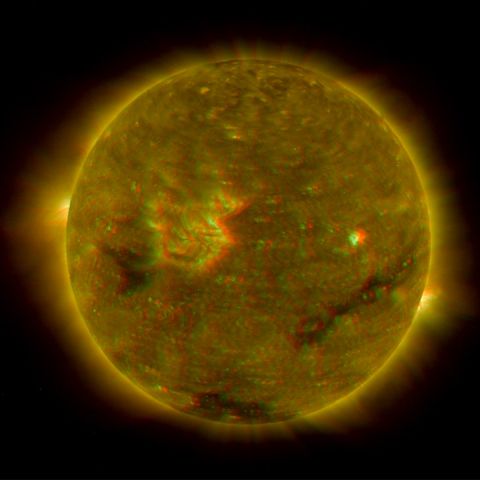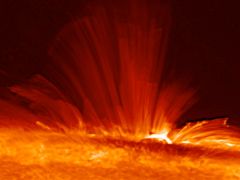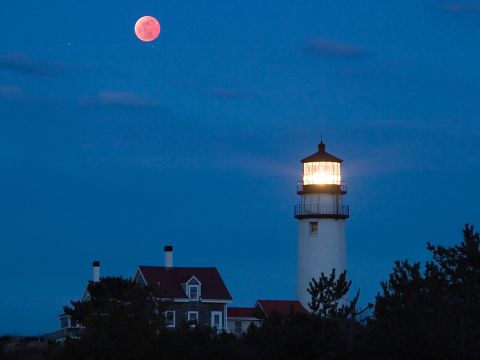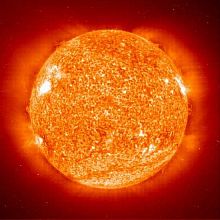This video is from a collection of SOHO images taken over the operational lifetime of the spacecraft (a little more than eleven years). In it you can see some of the more spectacular solar activity that occurred over that period.
“The Sun is anything but a stable, yellow ball in the sky.” That quote is the opening line of commentary in a recently-produced NASA video about the STEREO project — another spaceborne observation system that captures solar images in three dimensions.
I look forward to seeing a three-dimensional equivalent of this video from STEREO in the not-to-distant future.


 Today’s
Today’s 
 “The Sun is anything but a stable yellow ball in the sky” — That’s how the narration begins in the
“The Sun is anything but a stable yellow ball in the sky” — That’s how the narration begins in the